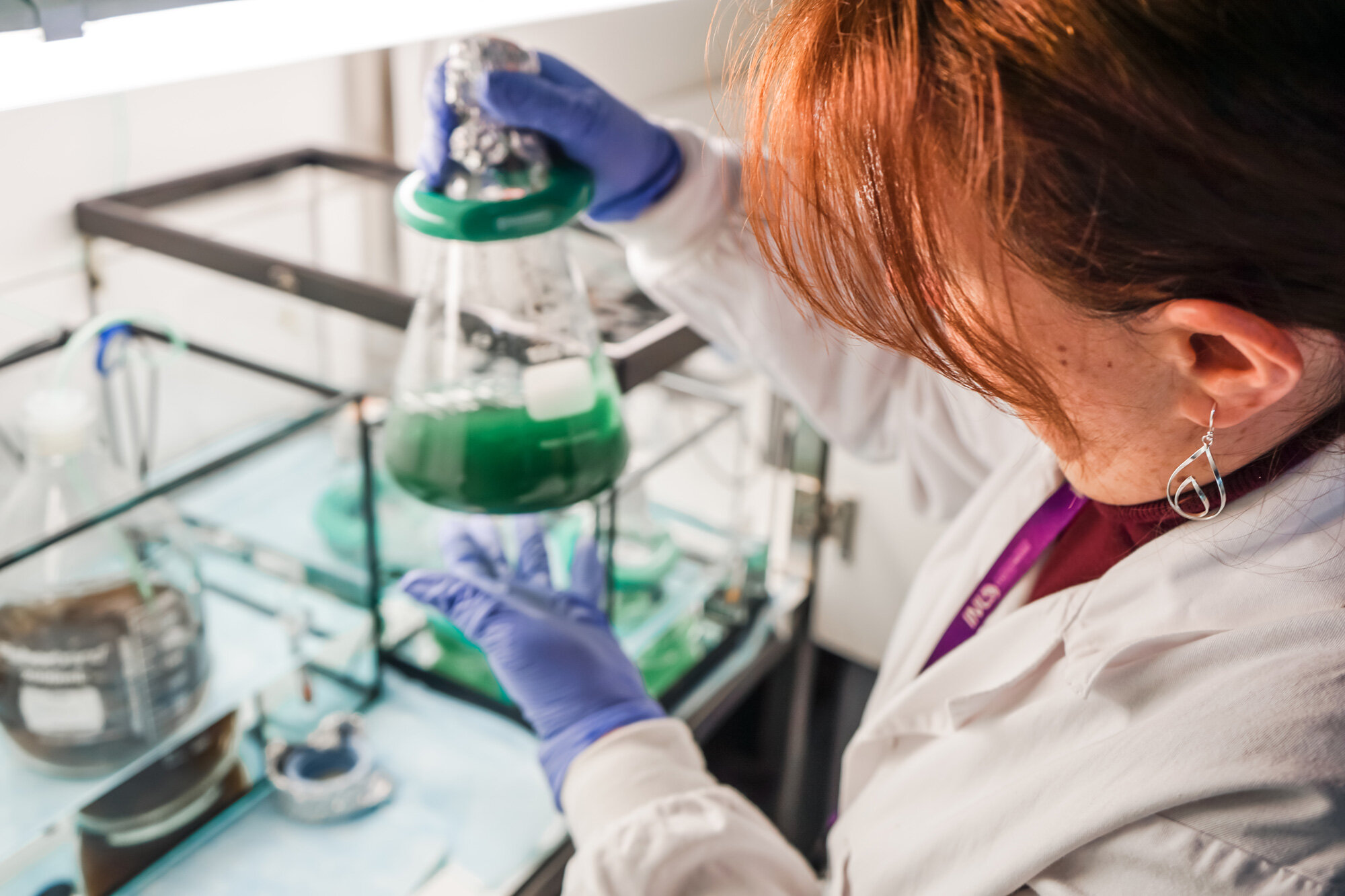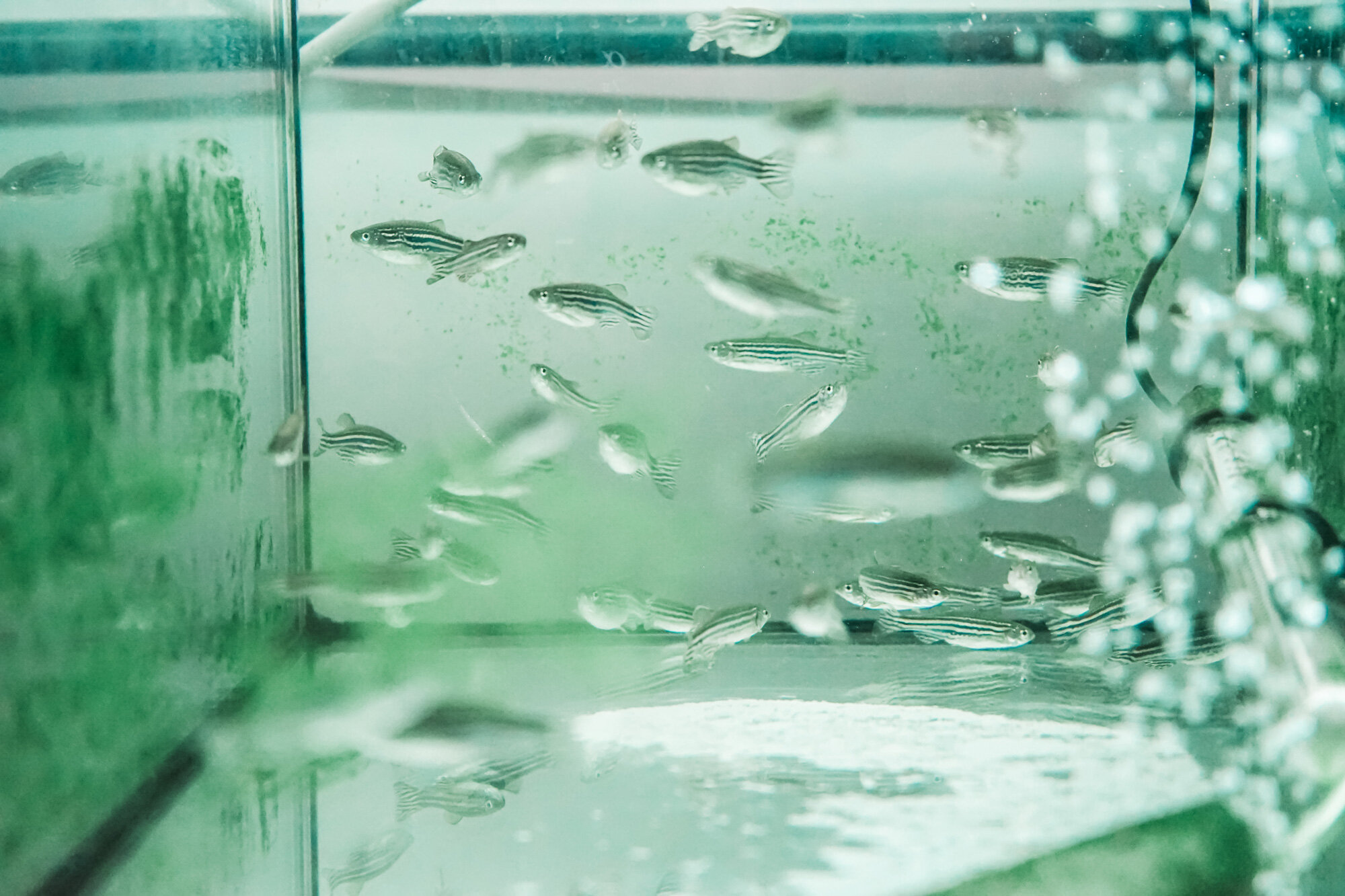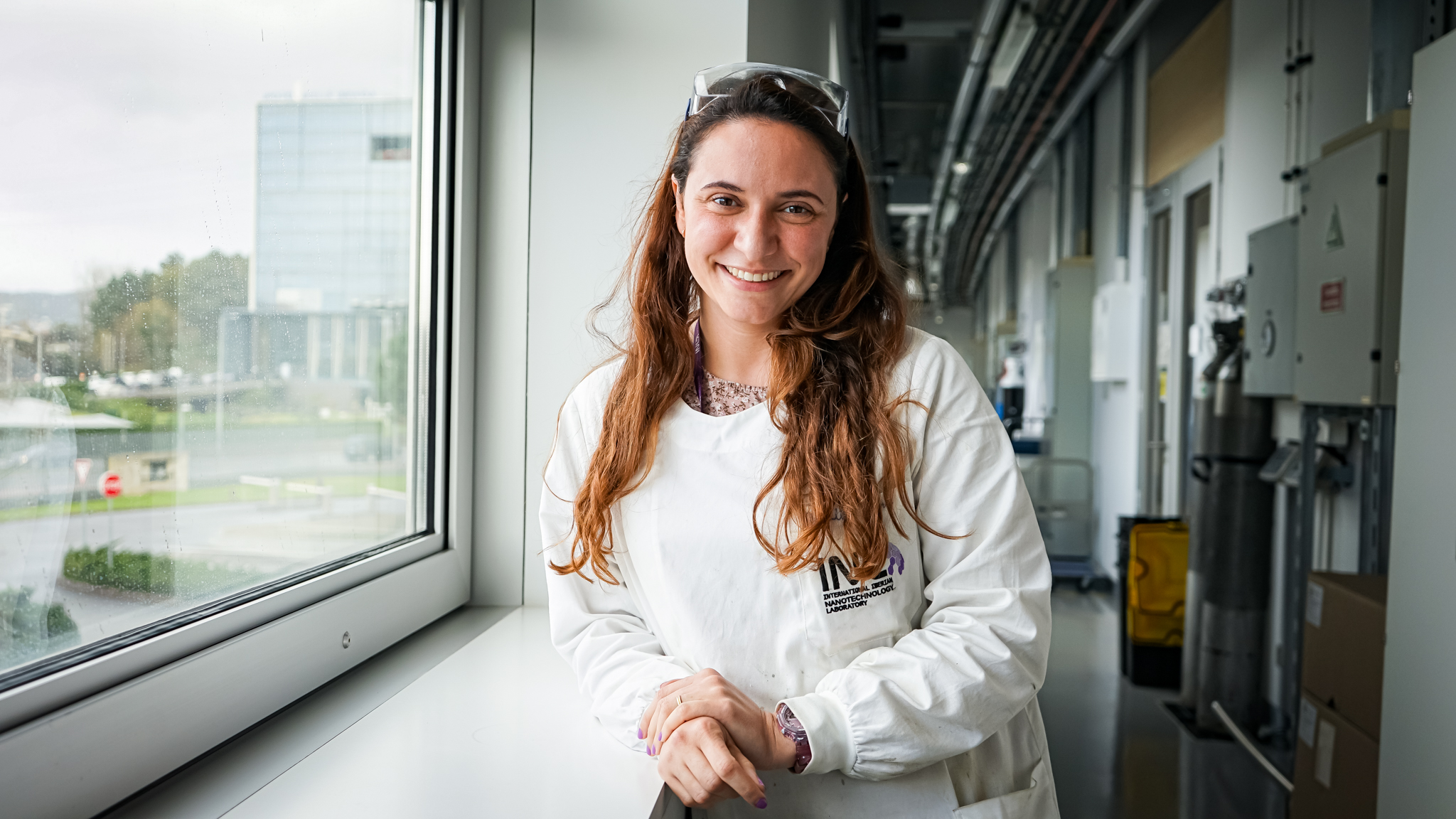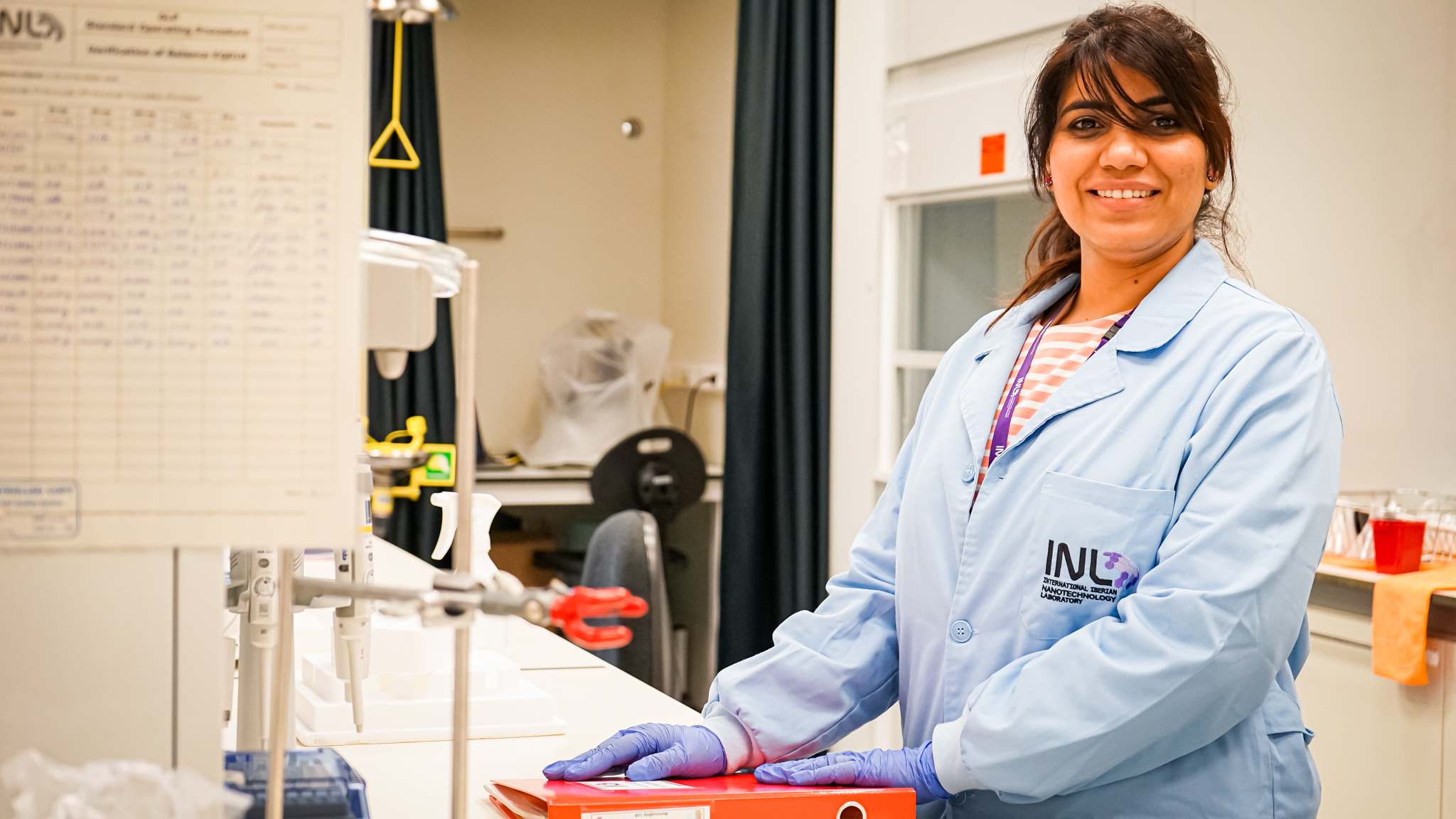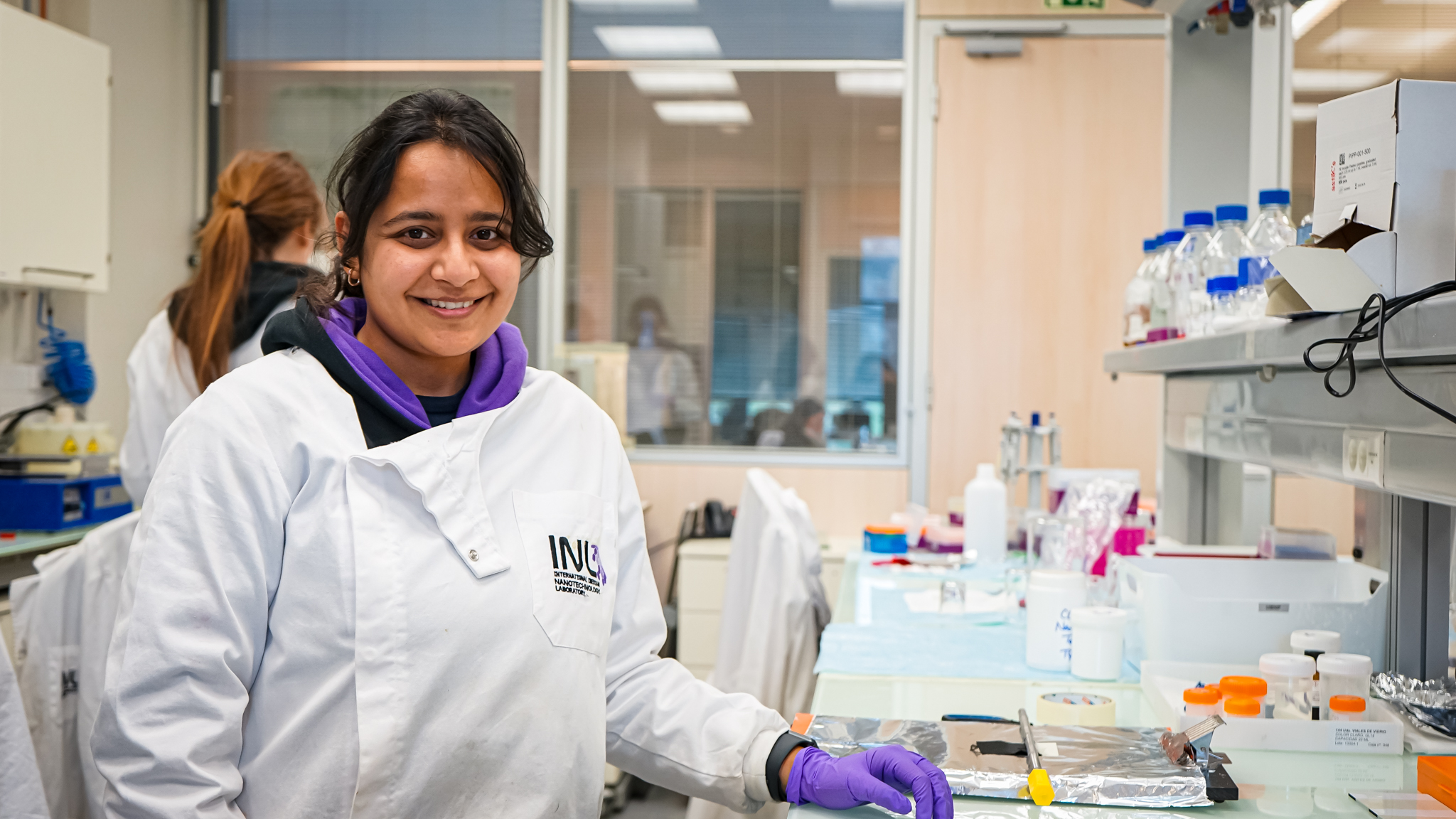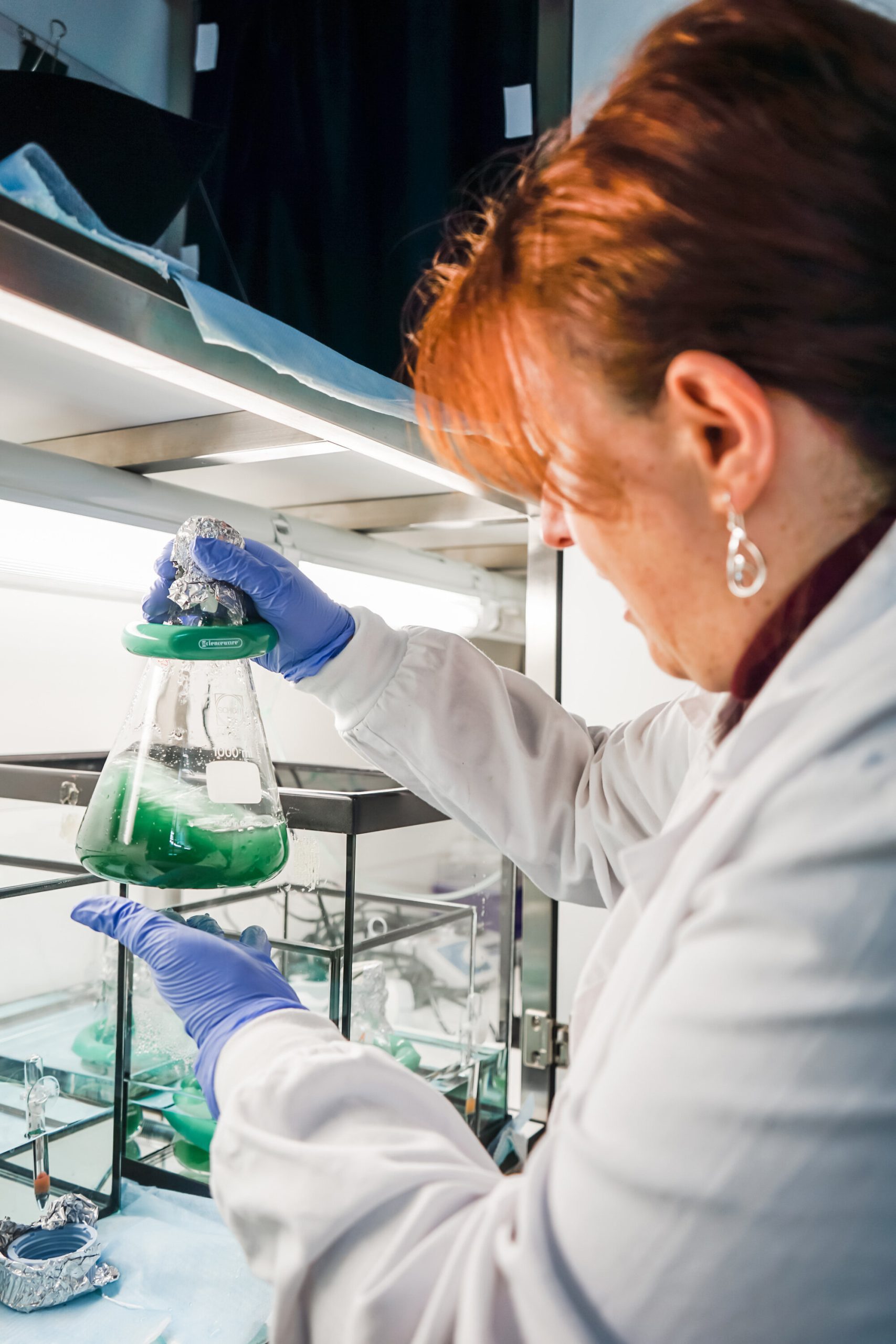
Celebrating WOMEN IN SCIENCE: Interview with Begoña Espina
February 4, 2020
The International Day of Women and Girls in Science (February 11) and the International Women’s Day (March 8) are just around the corner and we’ve decided to shine a spotlight on women in STEM with an interview series with Women working in/with Science at INL.
We start these series with Begoña Espiña, PhD.. Begoña is the Leader of the Water Quality Research Group within the Department of Life Sciences at INL. Her research is focused on developing portable and remote biosensors and devices based on nanomaterials for the selective capture of water chemical contaminants as well as developing methods for nanomaterials’ fate, bioaccumulation and toxicity with special emphasis in implementing the safety-by-design concept.
What got you interested in the Life Sciences – Water Quality field?
I studied Marine Biology and got passionate about the smallest living organisms in the water on which we depend for generating oxygen and fixating carbon dioxide; microalgae and cyanobacteria. Some of them, however – and only in specific conditions – can produce highly toxic biomolecules generating big intoxications by food poisoning. Those toxic outbreaks are heavily related to human activities such as global market, water pollution or climate change. And this was the amazing process that made initially interested in the Water Quality field.
What is the importance of your research?
Less than 1% of the water on Earth is non-saline and available for human consumption and United Nations last report concludes that about 6 billion people will suffer from water scarcity by 2050. On the other hand, human activities are increasing water pollution, accounting for some of the most important causes of worldwide mortalities during the year. Ensuring human safety by reducing the risks associated with environmental contamination is one of the main drivers of my research, but as well generating new energy-efficient and green solutions for water monitoring and reuse to promote the circular economy of water helping to reduce the impact of climate change in water scarcity.
What is the most exciting discovery you made during your research?
In the INL Water Quality Group, we work in very diverse applications, which makes it very difficult to select just one result. Among our last works, it is very exciting to have designed, developed and tested the first portable system for the detection and quantification of trace level of microcystin-LR both inside and outside the cells that produce this highly toxic and worldwide extended compound. It is very interesting as well to have found, together with Laura Salonen – from the INL Nanochemistry Group – a family of adsorbents that can be produced in a tailored manner to highly efficiently and selectively remove certain contaminants from water, which, even more interestingly, perform very well in natural water conditions.
Briefly, what excites you about your work?
During my PhD studies, I specialised in understanding why and how waterborne toxic compounds produced damage to cells and organisms, and this is a basic understanding necessary to know the risks associated. Now, I am doing “something about it”; developing monitoring systems for early warning or producing water treatment technologies to remove hazardous compounds from water. The physical and chemical engineering nature of my research nowadays makes me feel that we are developing something useful to society.
